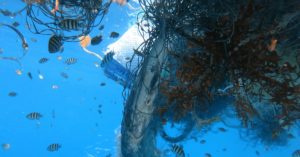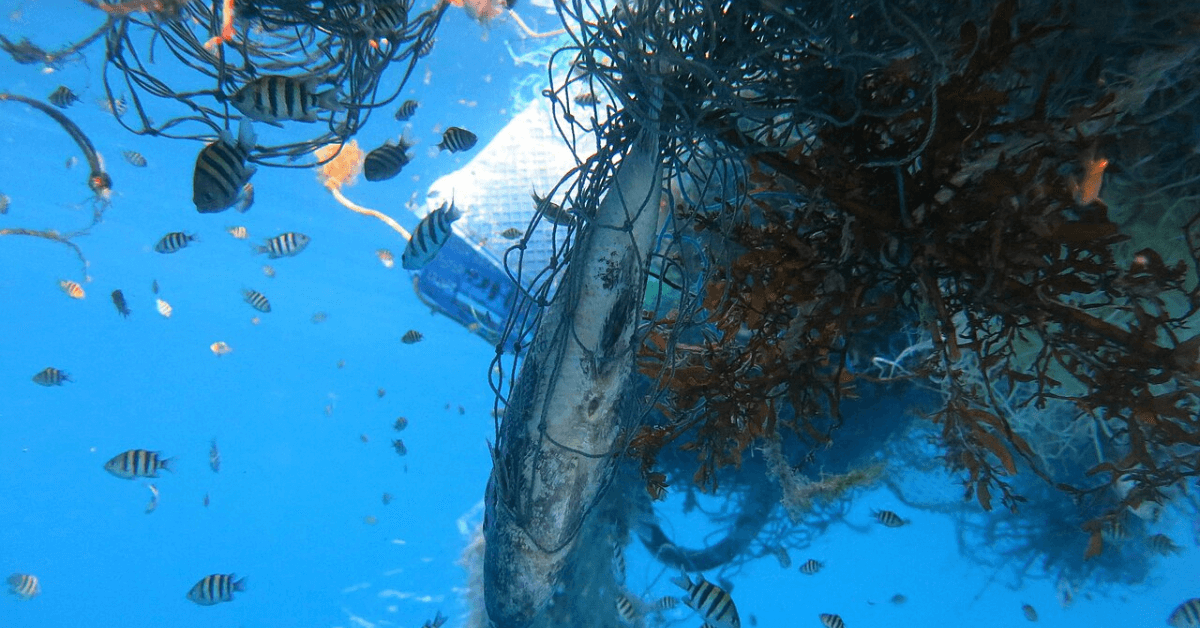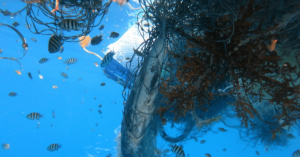
Images: First U.S.-built Wind Turbine Installation Vessel Undergoes Sea Trials
February 19, 2025
Two Underwater Explosions Damage Oil Tanker At Port Of Savona, Probe On
February 19, 2025

WWF Germany has introduced a new AI-powered platform, GhostNetZero.ai, to improve the search and removal of ghost nets-abandoned fishing gear that endangers marine life and contributes to ocean plastic pollution.
The initiative, developed with the support of Accenture and Microsoft AI for Good Lab, aims to automate the detection process using high-resolution sonar data.
Ghost nets pose a major environmental threat, making up nearly 30% of marine plastic waste. Every year, about 50,000 tons of fishing nets are lost at sea, and 20% of all fishing gear ends up discarded in the ocean.
These nets, which remain submerged and invisible from the surface, continue trapping fish, seabirds, turtles, and marine mammals, leading to long-term ecological damage.
The AI system, developed by Microsoft AI for Good Lab, scans sonar images collected for various purposes, such as ensuring maritime safety and offshore wind farm site assessments, to identify potential ghost net locations.
WWF Germany is urging research institutions, authorities, and wind power companies to contribute their sonar images through the GhostNetZero.ai platform, making it easier to detect and recover these nets.
A WWF Germany research diver involved in the project said that detecting ghost nets has always been challenging due to their invisibility below the water’s surface.
However, the integration of AI with sonar imaging has made a major difference by allowing large volumes of existing seabed data to be analysed efficiently.
The expert described this approach as a game changer, particularly in heavily fished areas where ghost nets are more common. Accenture played a crucial role in developing the online platform, optimising its design for usability and long-term impact.
A senior official from Accenture explained that this AI solution replaces the previously slow and labour-intensive manual search process with an automated system capable of processing vast amounts of sonar data at an unprecedented scale.
The AI currently has a 90% accuracy rate in detecting ghost nets. However, experts still manually verify flagged locations to ensure reliability, as differentiating between buried nets and underwater structures like cables can be challenging.
The AI is continuously being trained to improve its ability to make these distinctions, using sonar images from different systems.
The AI model developed by Microsoft allows GhostNetZero to analyse sonar data with high precision, increasing the efficiency of ghost net detection and removal.
WWF Germany has previously relied on manual side-scan sonar analysis to locate ghost nets, recovering 26 tons from the Baltic Sea. With AI now enhancing the search progress, the organisation can expand its efforts to cover much larger areas.
Reference: WWF
Source: Maritime Shipping News


